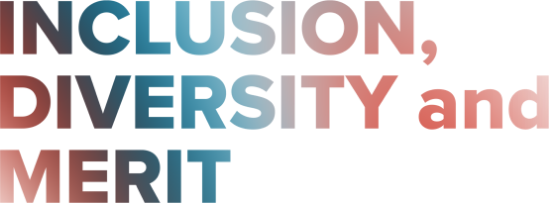 Diversity, Equity, and Inclusion efforts are not fully understood by many people. This, along with the politicization of the topic, has led to significant pushback in recent years.
Diversity, Equity, and Inclusion efforts are not fully understood by many people. This, along with the politicization of the topic, has led to significant pushback in recent years.
One misunderstanding is that Diversity efforts are intended to hire women and people of color into jobs regardless of their qualifications. This is incorrect. While fears of “reverse discrimination” are somewhat understandable, this is not the purpose of these efforts.
In fact, one of the main purposes of Diversity programs is to institute fair hiring and promoting. This includes communicating job openings broadly to many audiences, using objective selection processes, and basing pay and promotions on measurable criteria. These best practices are designed to reduce bias in hiring. When hiring practices are fairer, this organically results in a more diverse workforce for organizations.
A recent article in The Wall Street Journal: “Merit, Excellence and Intelligence: An Anti-DEI Approach Catches On,” (July 24, 2024) is an example of the misunderstanding of how DEI programs actually work. This MEI approach has gained some traction with the support of Elon Musk, among others. One person interviewed for the article, business owner Matt Cole, talked about how he has used MEI to institute best practice hiring processes in his company. The result has been a more diverse leadership team for his firm. He says:
“I really don’t believe that diversity on the basis of skin color or gender is a goal,” he says, “It’s a likely – but not guaranteed – byproduct of a meritocratic process.”
So, as we see in this case, a well-executed Merit approach produced Diversity.
The MEI approach is not “Anti-DEI.” It demonstrates a misunderstanding of DEI and probably some pushback based on the politization of DEI. Merit is very much a part of DEI.
The only thing I would say to Mr. Cole is that he – and others who want to use an MEI approach – need to keep in mind, is that if your “meritocratic process” does not produce a diverse workforce then you probably need to look more deeply at how “meritocratic” it really is.
For example . . .
. . . if you are geographically located in an area with a diverse population and you are not getting a diverse applicant pool, then maybe you need to review how you are communicating job openings.
. . . if you are getting a diverse applicant pool, but the people moving past the initial screening are not diverse, perhaps you need to review your criteria.
. . . if you are interviewing a diverse group of applicants, but only hiring white men, you may need to review your interview protocols (assuming you have them).
Another important issue that the “new” MEI approach seems to leave out is the importance of being Inclusive. Successfully hiring a diverse group of meritorious employees is a good start, but organizations need to make sure that everyone feels included and they feel they belong there. Otherwise, people will not work together effectively – and those who feel excluded will leave.
We need to put labels and politics aside. People want and need to be treated fairly. They need to be cared about. Regardless of what we call it, if we do this, we will be doing the right thing and it will make our organizations more successful.